How electric Land Rovers could give Britain an advantage on the battlefield
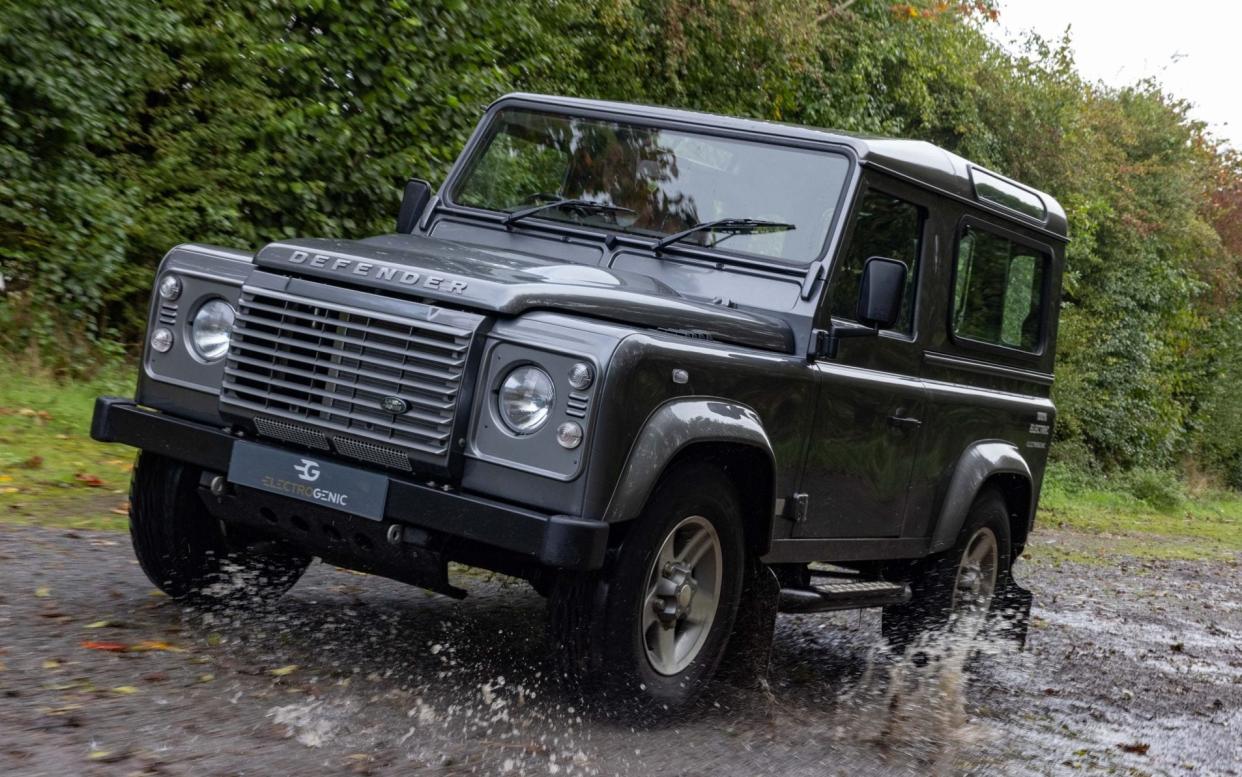
To call it “good” would be an overstatement, but the battery-powered Land Rover Defender I’m driving through deep Oxfordshire mud is a vast improvement on its former, diesel-powered self. Acceleration – a real problem for Land Rovers – is effortless and brisk, while the torque delivery is immediate and doesn’t involve any negotiation with a gearbox. It’s still an uncomfortable, slow and dynamically compromised machine with an extremely narrow set of abilities, but the addition of an electric powertrain has made it significantly better. Or, at least, less bad.
And that’s something we don’t talk about enough. Whether electric cars are morally superior to internal combustion models has been the dominant debate since Nissan launched its Leaf about a decade and a half ago, while more recently we’ve been stuck in a pointless chicken-and-egg argument about how we roll out a charging network to support this so-called green revolution. We pontificate about the Chinese and their dominance of the battery trade; we wring our hands about cobalt mining in Congo and lithium flats in Chile. But we rarely acknowledge how much better electric vehicles are at, well, being vehicles.
“There are 9,000 Land Rovers in the British Army right now, all of which need to be replaced by 2035,” says Steve Drummond, founder and director of electric powertrain specialist Electrogenic. The firm is known for its civilian Land Rover conversions (it counts Glastonbury Festival host Worthy Farm among its clients) but has been increasingly involved in defence, with a prototype electric WMIK parked prominently in its workshop in Kidlington, Oxfordshire.
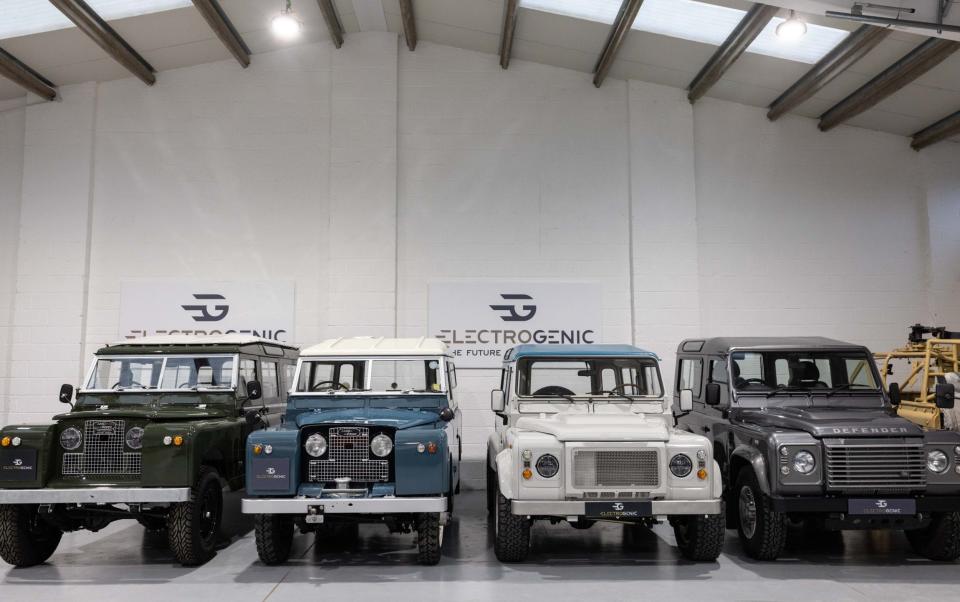
WMIK stands for Weapons Mount Installation Kit, a reconnaissance and close fire support vehicle manufactured by Land Rover and Ricardo, with a strengthened chassis, a roll cage and mountings for weapons.
The Electrogenic example is one of the first such vehicles to be trialled by the military, which is interested in the advantages EVs might have over internal combustion vehicles. According to Drummond, the arguments in favour of the Army “going green” are highly persuasive.
“EVs are quick and quiet,” he explains. “They have no heat signature. You can’t hear it coming, [heat-seeking] missiles can’t find it. To tackle steep terrain, you don’t need to ride the clutch. You have all that torque available at zero revs and you can’t stall it. It means you can go up anything, you can go up terrain you couldn’t before.”
“You don’t have to change gear,” adds Drummond. “That’s actually quite significant. We were doing some exercises on a steep hill with the Army, watching them drive quickly up to the sharp turn at the top, where on the brow of the hill they had to slow down, declutch, change gear and re-engage the clutch to make the turn and to be able to accelerate up the next steep bit, having slowed down for the corner.
“Whereas with our electric version they just drive straight up. They’re in the danger zone for far less time and are moving in a way that [attackers] aren’t used to. And there’s all the other electronic aides, like hill descent, which works a treat. We’re playing with different ways and different driver interfaces for that as well.”
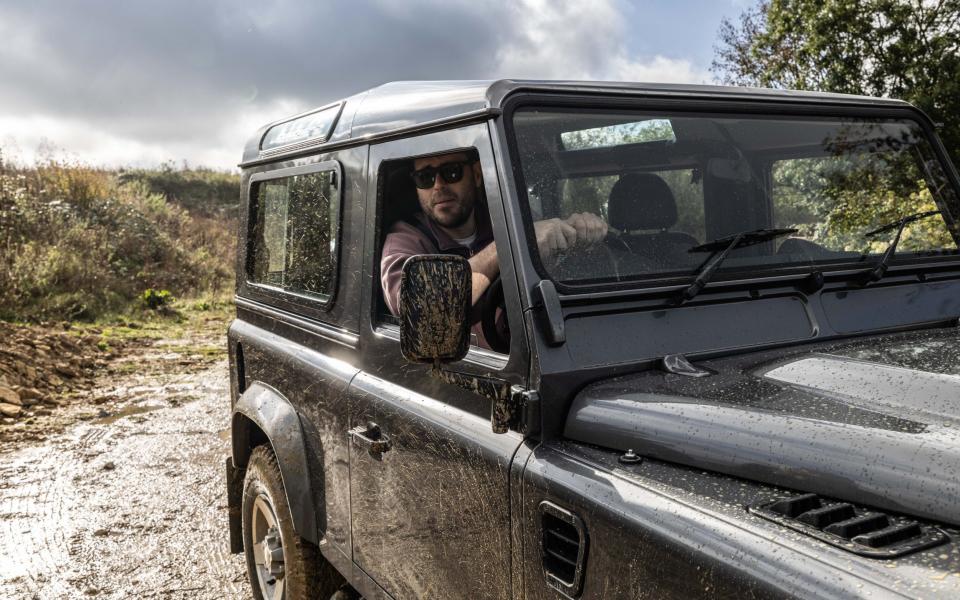
All of this makes it easier for soldiers to succeed on the battlefield, but more generally corresponds with what many civilian drivers report about EV ownership – they’re more relaxing to drive. Perhaps surprisingly, this is a real benefit to the military.
“The one which gets the Army boffins most excited is driver fatigue,” says Drummond. “If you’re trying to make sure you’re in the right gear, and ride the clutch, and make it all happen, and at the same time someone is shooting at you, there’s a lot going on. Whereas if you just put your foot down and it goes, there’s nothing to think about, you can just concentrate on driving.”
It’s worlds away from the little patch of field that I am haphazardly clattering around, but I understand Drummond’s point. I can drive this short-wheelbase Land Rover like a bumper car, pointing it towards a hill or ditch and applying as much torque as I need with my right foot.
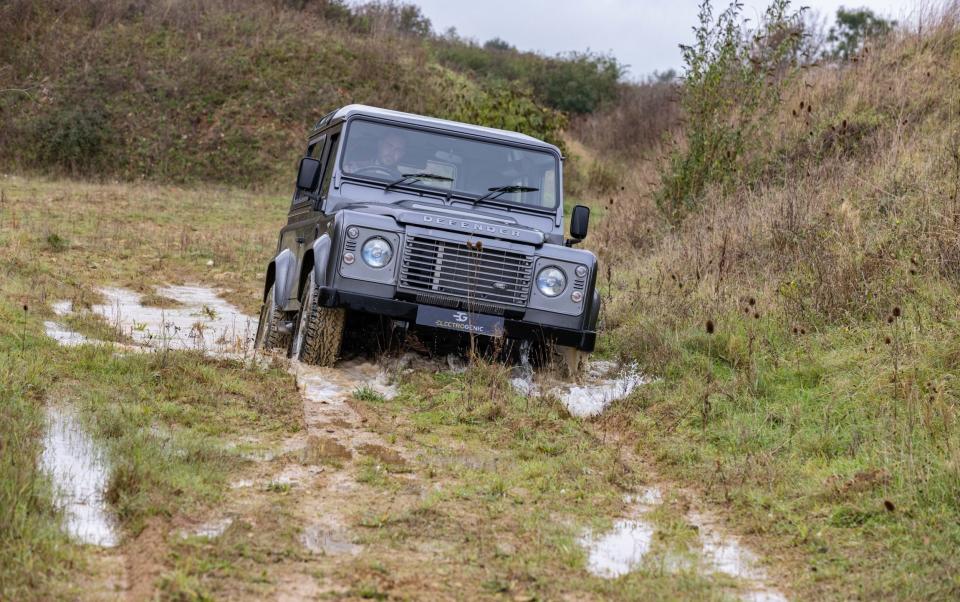
Electrogenic’s prototype WMIK is much heavier than this Land Rover 90 model (around 4.5 tonnes, a tonne or so heavier than the diesel) but accelerates to 60mph in only eight seconds. That’s an astonishing feat of engineering, and one which presumably makes a big difference in a war zone.
And that’s just replacing like-for-like – swapping the diesel Landys for electric Landys. Drummond hints at a future in which electric drivetrains enable military vehicle designers to improve on existing, ageing conventions.
“If you look at something like an armoured personnel carrier, about a third of the volume of the vehicle is the engine,” he says. “Whereas if you have batteries in the fabric of the vehicle and electric motors in the hubs, you have a third more space inside for troops and ammunition.
“And if you’ve got hub motors you can control each wheel individually. If you control the suspension and the steering on each wheel individually you suddenly have a completely different type of vehicle. One that can drive fast down a road on four wheels then travel off-road on eight wheels – because you have control in a way you never did when everything had to be physically connected with a driveshaft.”
Really, though, the benefits of electric vehicles are logistical. Civilian and military users both benefit from the efficiency of electric motors and (for example) the fact they consume no electricity at idle. Even if you’re charging EVs from diesel-fuelled generators (alongside the growing raft of electronic weaponry and wearable tech) you’re still saving precious energy. And in the Army, a reduction in liquid fuel use represents a significant strategic advantage.
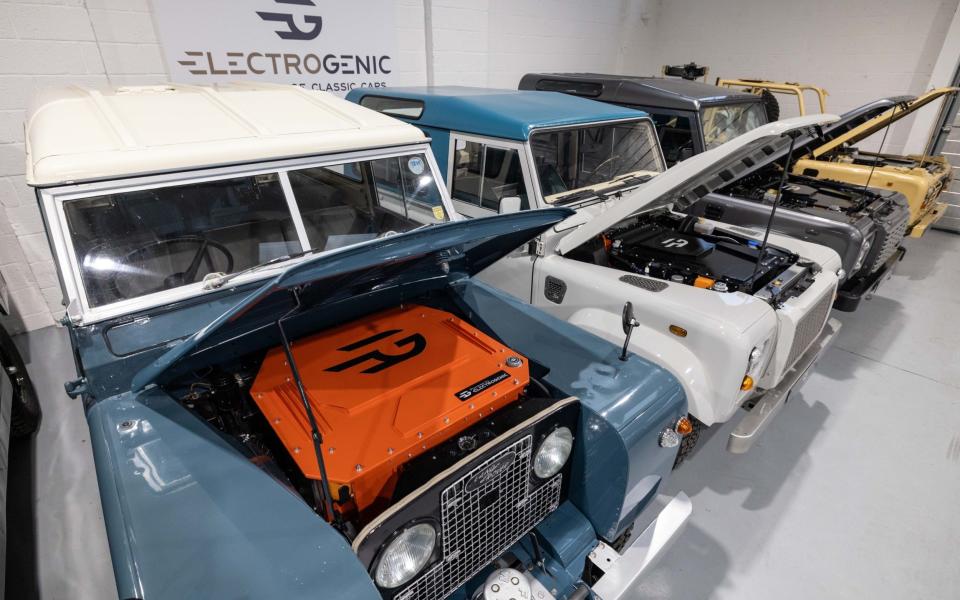
“For every litre of diesel you have at a forward operations base, you’ve spent seven litres of fuel to get it there,” explains Drummond. “Which is a massive logistical operation.”
And that diesel doesn’t come cheap. Aside from the monetary value (the US military spends more than $10 billion – roughly £8 billion – a year on fuel) it accounts for a disproportionately high number of casualties, with thousands of lives lost to the logistical issues that Drummond describes. In Iraq and Afghanistan, about one in every 24 fuel convoys incurred casualties, with more than 3,000 US troops and contractors dying while moving or guarding fuel between 2003 and 2007. Fuel tankers became a soft target for insurgents and roadside bombs – it’s a cumbersome, inefficient process fraught with vulnerability.
“The Army has done the calculations,” says Drummond. “It’s not official but it’s where their thinking is – you get about 40 per cent fuel savings in a combat EV in comparison with a combat diesel. That means 40 per cent fewer fuel convoys and 40 per cent fewer casualties from escorting fuel convoys.”
Reliance on liquid fuel has always been a clumsy workaround. Even on peaceful Civvy Street it’s far from ideal, as everyday users will attest. But just as cavalry fell out of favour in the 20th century, it’s likely that diesel will have its last military use in the 21st – and Britain is poised to lead the charge.

